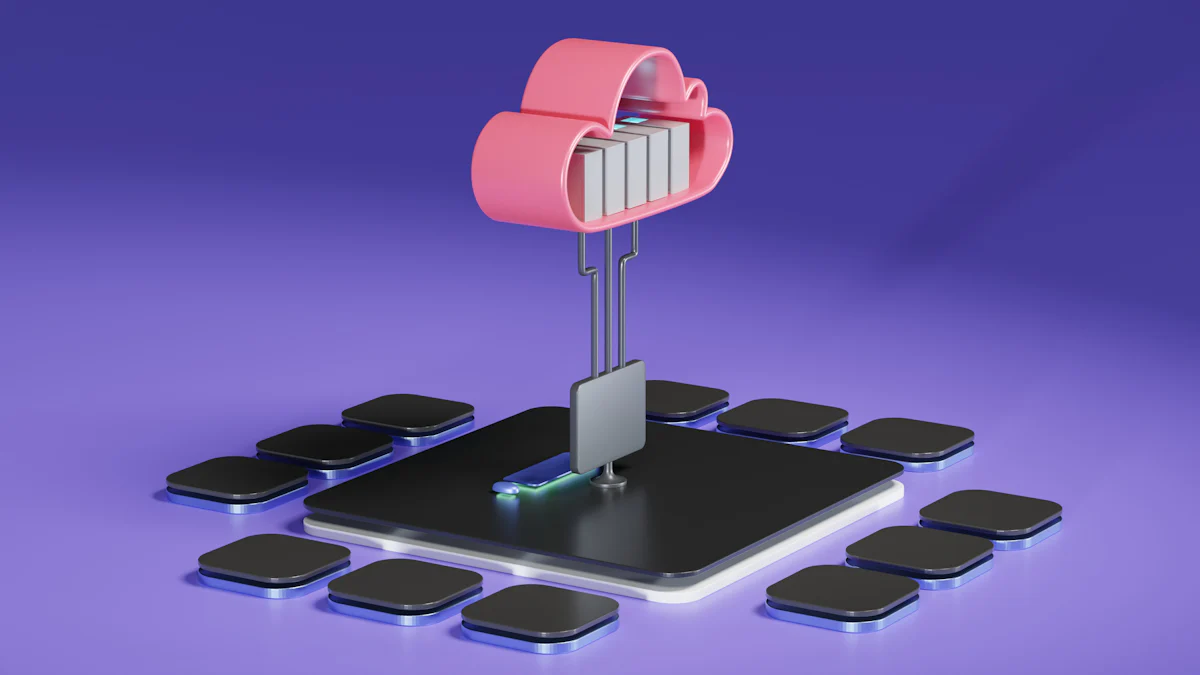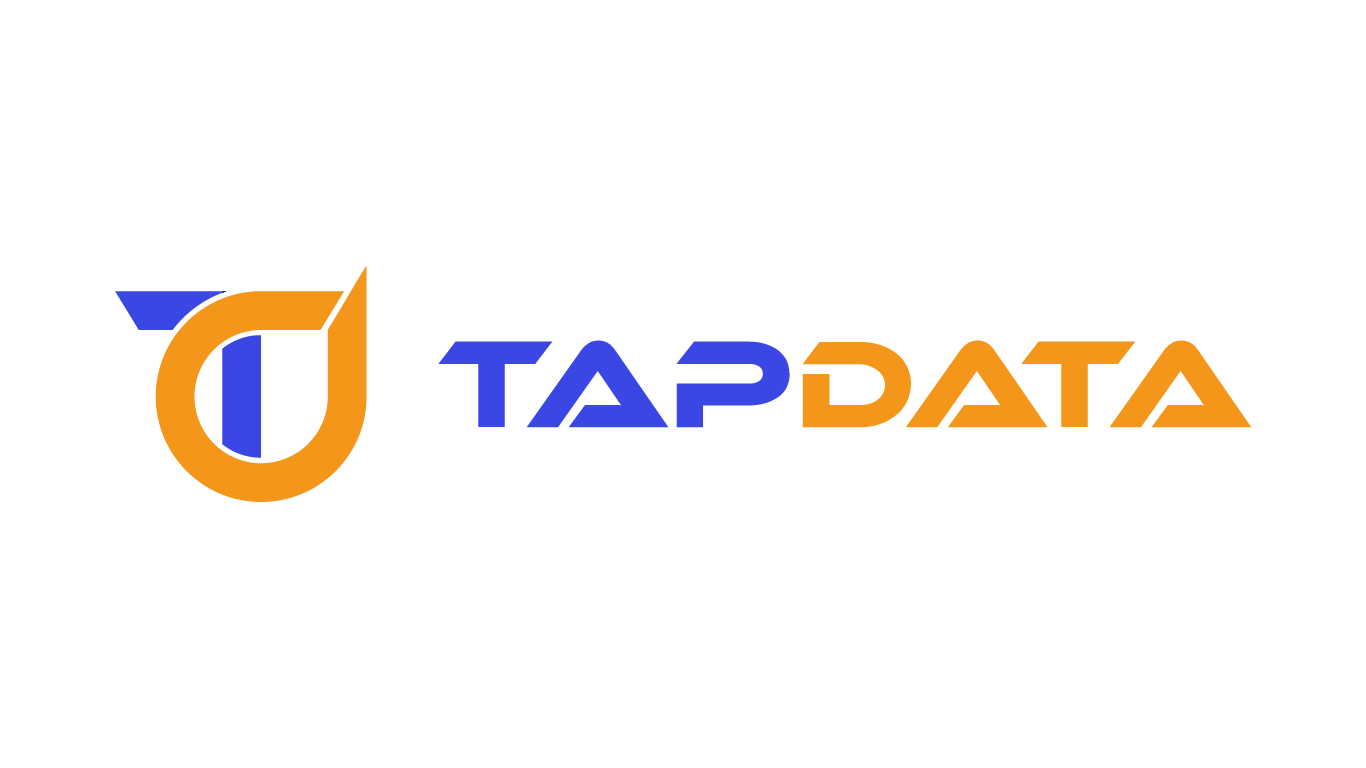ETL VS Data Pipelines

Have you ever asked yourself, what is an ETL pipeline and how does it differ from a data pipeline? Understanding ETL vs data pipeline is essential in the realm of data management. An ETL pipeline, which stands for Extract, Transform, Load, is designed to transform data before loading it into a target system, ensuring data quality and consistency, which is particularly beneficial for data warehousing. In contrast, data pipelines provide flexibility by moving data from one location to another and often support both batch and real-time processing. Tools like Fivetran and Tapdata are instrumental in streamlining these processes, thereby enhancing data integration and analysis.
Definitions and Basic Concepts

What is ETL Pipeline?
Definition of ETL
When you explore data management, you often encounter the term ETL pipeline. But what is an ETL pipeline? ETL stands for Extract, Transform, Load. This process involves extracting data from various sources, transforming it into a suitable format, and loading it into a target system. The primary goal of an ETL pipeline is to prepare data for analysis and business intelligence. By ensuring data quality and consistency, ETL pipelines help organizations make informed decisions.
Core components of ETL
An ETL pipeline consists of three core components:
Extraction: You gather data from multiple sources, such as databases, applications, or files. This step ensures that you have all the necessary data for further processing.
Transformation: In this stage, you clean, filter, and modify the data to meet specific requirements. This process may involve changing data formats, removing duplicates, or applying business rules.
Loading: Finally, you load the transformed data into a target system, such as a data warehouse or a database. This step ensures that the data is ready for analysis and reporting.
What is a Data Pipeline?
Definition of a data pipeline
A data pipeline is a broader concept that encompasses the movement of data from one location to another. Unlike ETL pipelines, data pipelines can handle both batch and real-time data processing. They provide a flexible framework for managing diverse data workflows, making them suitable for various applications, including data integration, analytics, and machine learning.
Core components of data pipelines
Data pipelines consist of several key components:
Data Ingestion: You collect data from different sources, similar to the extraction phase in ETL. However, data pipelines can handle real-time data streams, enabling continuous data flow.
Data Processing: This step involves transforming, enriching, or aggregating data as needed. Data pipelines offer flexibility in processing, allowing you to apply complex transformations or simple data manipulations.
Data Storage: You store the processed data in a destination system, such as a database, data lake, or cloud storage. This component ensures that the data is accessible for further analysis or application use.
Data Monitoring: Data pipelines often include monitoring and logging features to track data flow and performance. These tools help you identify and resolve issues quickly, ensuring smooth data operations.
Use Cases and Advantages
Use Cases for ETL
Traditional data warehousing
You often find ETL pipelines at the heart of traditional data warehousing. They excel in environments where structured data needs to be transformed and loaded into a centralized repository. This approach ensures that data remains consistent and reliable, which is crucial for historical analysis and business intelligence. By using ETL pipelines, you can efficiently manage data from various sources, ensuring it meets the specific requirements of your data warehouse.
Batch processing scenarios
ETL pipelines shine in batch processing scenarios. When you deal with large volumes of data that do not require immediate processing, ETL provides an effective solution. You can extract data at scheduled intervals, transform it according to your needs, and load it into your target system. This method is ideal for handling complex transformations and ensuring data quality over time.
Use Cases for Data Pipelines
Real-time data processing
Data pipelines are your go-to solution for real-time data processing. They allow you to handle continuous data streams, providing immediate insights and enabling quick decision-making. In scenarios where you need to process data as it arrives, data pipelines offer the flexibility and scalability required to manage large, unstructured data efficiently.
Complex data workflows
When you face complex data workflows, data pipelines offer a robust framework. They support diverse data integration tasks, allowing you to move data seamlessly between systems. Whether you're dealing with machine learning applications or advanced analytics, data pipelines provide the necessary infrastructure to handle intricate data processes.
Advantages of ETL
Structured data transformation
ETL pipelines offer significant advantages in structured data transformation. You can apply complex business rules and ensure that data meets specific standards before loading it into your target system. This capability is essential for maintaining data integrity and supporting accurate reporting and analysis.
Data consistency
With ETL pipelines, you achieve high levels of data consistency. By transforming data before loading, you ensure that it adheres to predefined formats and standards. This consistency is vital for organizations that rely on accurate data for strategic decision-making and operational efficiency.
Advantages of Data Pipelines
Flexibility and Scalability
Data pipelines offer you unmatched flexibility and scalability. Unlike ETL pipelines, which are often confined to specific, batch-oriented tasks, data pipelines can handle a broader range of activities. You can manage both structured and unstructured data with ease. This adaptability makes data pipelines ideal for real-time data streaming and integration tasks.
Adaptability: You can adjust data pipelines to accommodate various data sources and formats. This flexibility allows you to integrate new data types without significant reconfiguration.
Scalability: As your data needs grow, data pipelines scale effortlessly. They can handle increasing data volumes without compromising performance. This scalability ensures that you can process large datasets efficiently.
Real-time Processing: Data pipelines excel in real-time data processing. They enable you to process continuous data streams, providing immediate insights. This capability is crucial for applications that require quick decision-making.
"Data pipelines are more suited to large, unstructured data," highlighting their ability to manage diverse data types effectively.
Real-time Data Handling
Real-time data handling is a standout feature of data pipelines. You can process data as it arrives, ensuring that you have the most current information available. This capability is essential for businesses that rely on up-to-the-minute data for operational decisions.
Immediate Insights: With data pipelines, you gain immediate insights from your data. This real-time processing allows you to respond quickly to changing conditions, enhancing your ability to make informed decisions.
Continuous Data Flow: Data pipelines support continuous data flow, unlike ETL pipelines, which are better suited for batch processing. This continuous flow ensures that your data remains current and relevant.
Integration with Modern Technologies: Data pipelines integrate seamlessly with modern technologies, such as cloud platforms and machine learning tools. This integration enhances your ability to leverage advanced analytics and drive innovation.
Key Differentiators

Real-time vs Batch Processing
Explanation of real-time processing
Real-time processing allows you to handle data as it arrives. This approach provides immediate insights and supports quick decision-making. In real-time processing, data flows continuously through the system. You can analyze and act on this data without delay. This method is crucial for applications that require up-to-the-minute information, such as stock trading or live monitoring systems. Real-time processing ensures that you always have the most current data at your fingertips.
Explanation of batch processing
Batch processing involves handling data in large groups or batches at scheduled intervals. This method is ideal when you deal with substantial volumes of data that do not require immediate attention. In batch processing, you collect data over a period, process it all at once, and then load it into your target system. This approach suits scenarios like payroll processing or end-of-day reporting. Batch processing ensures data consistency and quality, making it a reliable choice for many traditional data management tasks.
Flexibility and Automation
Flexibility in data pipelines
Data pipelines offer you remarkable flexibility. They can adapt to various data sources and formats, allowing seamless integration of new data types. This adaptability makes data pipelines suitable for diverse applications, from simple data transfers to complex workflows. You can easily scale data pipelines to accommodate growing data needs. This scalability ensures that you can manage increasing data volumes without compromising performance. Data pipelines provide a versatile framework that supports both real-time and batch processing, giving you the freedom to choose the best approach for your specific requirements.
Automation capabilities in ETL
ETL processes excel in automation. They streamline data transformation tasks, ensuring consistency and accuracy. With ETL, you can automate repetitive data cleaning and preparation steps. This automation reduces manual intervention and minimizes errors. ETL tools often include scheduling features, allowing you to run processes at predefined intervals. This capability ensures that your data remains up-to-date and ready for analysis. By automating data workflows, ETL enhances efficiency and frees up valuable resources for more strategic tasks.
Choosing Between ETL and Data Pipelines
When deciding between ETL and data pipelines, you must consider several factors. Each option has its strengths and is suited to different scenarios. Understanding these differences will help you make an informed choice.
Factors to Consider
Data volume and velocity
The volume and velocity of your data play a crucial role in your decision. ETL pipelines excel in handling large volumes of data in batch processing scenarios. You can process substantial amounts of historical data efficiently. This method suits environments where immediate data processing is not necessary. On the other hand, data pipelines shine when dealing with high-velocity data streams. They support real-time or near-real-time processing, providing immediate insights. If your data requires continuous processing, data pipelines offer the flexibility and scalability you need.
Complexity of data transformations
The complexity of your data transformations also influences your choice. ETL pipelines are ideal for structured data transformation. You can apply complex business rules and ensure data consistency before loading it into your target system. This capability is essential for maintaining data integrity. In contrast, data pipelines offer more flexibility in processing. They can handle both simple and complex transformations, making them suitable for diverse data workflows. If your data requires frequent changes or involves unstructured formats, data pipelines provide the adaptability you need.
Decision-Making Scenarios
When to choose ETL
You should choose ETL pipelines when your primary goal is to prepare data for analysis and business intelligence. They are perfect for traditional data warehousing and batch processing scenarios. If your data requires extensive cleaning and transformation before loading, ETL pipelines offer the necessary automation capabilities. Tools like Fivetran can streamline these processes, ensuring data quality and consistency. ETL is also a great choice when you need to maintain high levels of data consistency and accuracy.
When to choose data pipelines
Data pipelines are your best option when you need real-time data processing and flexibility. They support continuous data flow, allowing you to handle high-velocity data streams effectively. If your applications require immediate insights and quick decision-making, data pipelines provide the infrastructure you need. They are also suitable for complex data workflows, such as machine learning and advanced analytics. With tools like Tapdata, you can integrate diverse data sources seamlessly, enhancing your ability to leverage modern technologies.
You now understand the key differences between ETL and data pipelines. ETL pipelines excel in batch processing and structured data transformation, making them ideal for data warehousing. Data pipelines, however, offer flexibility and scalability, excelling in real-time data processing.
"Data pipelines offer enhanced flexibility, automation, and scalability essential in today’s data-driven businesses."
When choosing between the two, consider your data's volume, velocity, and transformation complexity. As a rule of thumb, use ETL for historical analysis and data consistency. Opt for data pipelines when you need immediate insights and real-time processing. Always assess your specific needs to make the best decision.
See Also
Essential ETL Tools You Should Know About
Navigating Reverse ETL Implementation Challenges Effectively
A Comprehensive Guide to ETL Best Practices

